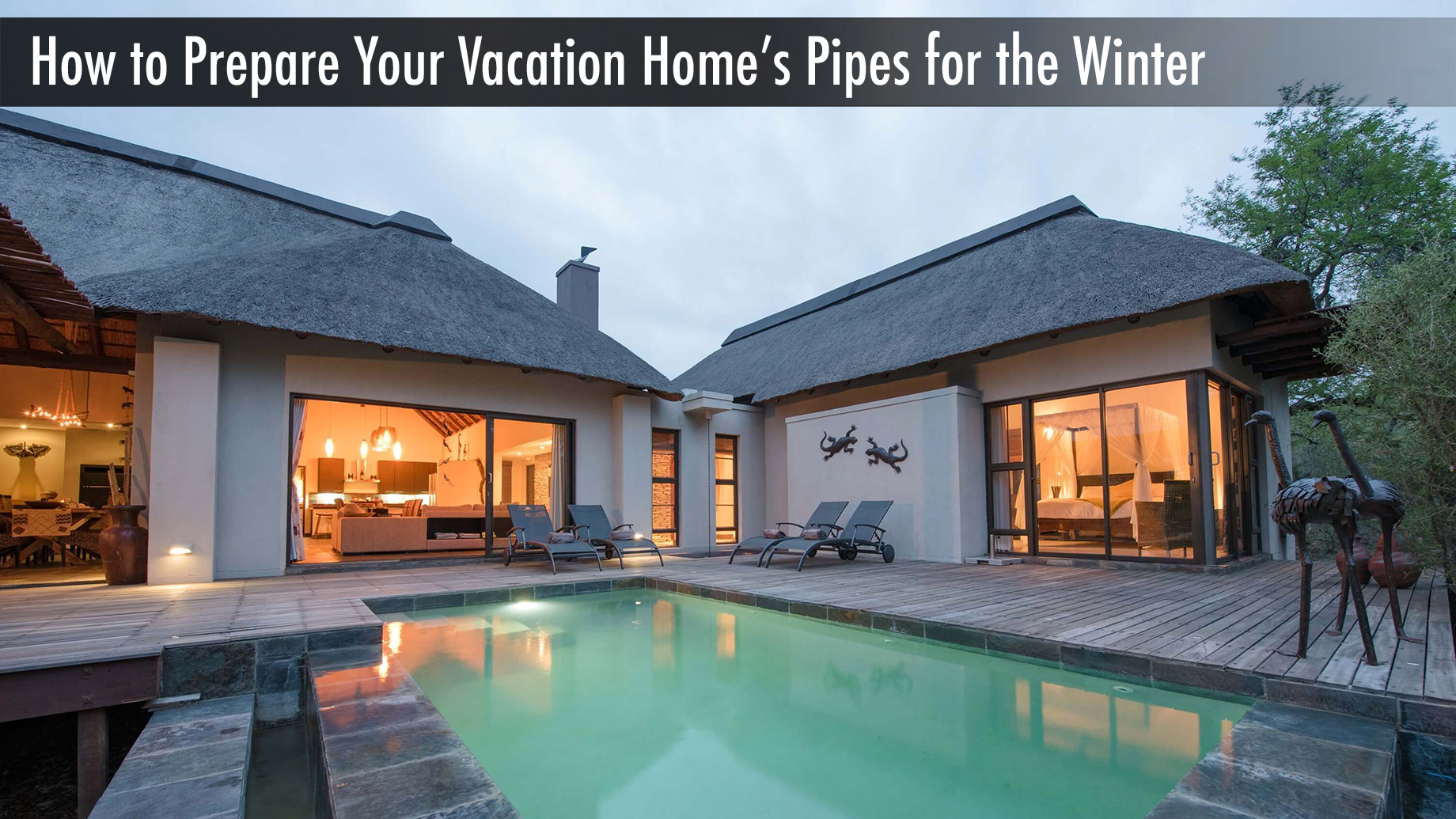
Plumbers from colepepperplumbing.com know full well the kind of damage that a harsh winter can wreak on your pipes if you don’t prepare properly. Vacation homes are especially vulnerable to pipe damage during winter if no one is around and the owners fail to take the necessary steps to winterize the homes pipe system. Frozen pipes can cause them to develop cracks or even burst.
Cracks that are half-an-inch long can leak up to 300 gallons of water a day. This can lead to flooding, which can compromise the structural integrity of the house. Even if you dodge this kind of damage to your vacation home, leaking pipes increase the possibility of mold and mildew growth. So why risk such damage that can cost you thousands of dollars in repairs, when a few simple tricks can prevent it from happening?
Here are a few simple tips from plumbers on how to prepare your vacation home’s pipes for the winter.
Turn Off and Drain
The most important thing to do when preparing your vacation home for the winter would be to turn off the main water supply. Once you have done so, drain the water inside the pipes starting with the faucet in the lowest part of the home, which is usually in the basement. Flush the toilet bowls and keep the faucets open until the no water comes out.
Shut Down the Gas Water Heater
If your vacation home has a gas water heater, remember to turn it off via the shut off valve near the bottom. Instructions to shut off the gas are often on a sticker on the side of the water heater. Connect a hose to the drain of the water heater and let the remaining water inside the heater run. Remember to close the drain once you have fully drained the water heater.
Drain the Pool
If your vacation home has a pool, drain it. This job usually requires specialized equipment and training. If you don’t have any experience in draining pools, it is best that you leave this job to the pros.
Use Antifreeze
Some water may still be left inside the pipes after running the faucets. If you are handy enough, you can use a compressor to blow out the remaining water. Some pour RV antifreeze in the toilet tanks, bowls, drains and traps. While this approach might work, keep in mind that antifreeze is toxic, and you need to run your faucets on your next visit to wash the toxic substances away.
Keep the Thermostat On
Turn down the thermostat to 55 degrees Fahrenheit, which is high enough to keep the things inside the home from freezing. Although you already have drained most of the water out, leaving the drawers and cabinets under the sink open will help the heat reach the pipes. Keeping the thermostat on between 55F to 60F will also help prevent the tiles in the kitchen and bathroom from buckling.It will be a good idea to have a pro apply insulating wraps on your pipes, especially if your vacation home is located in an area that experiences extreme weather conditions. Even with this precaution, however, it will still be best to follow the tips above.